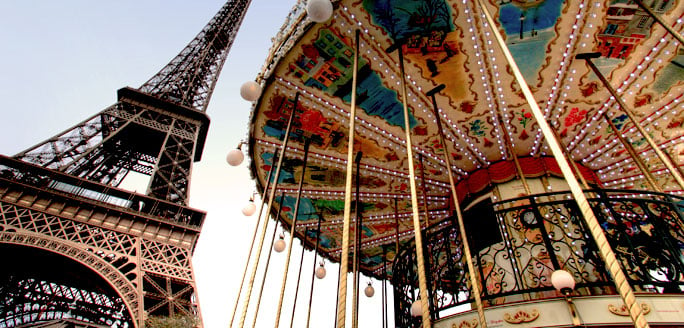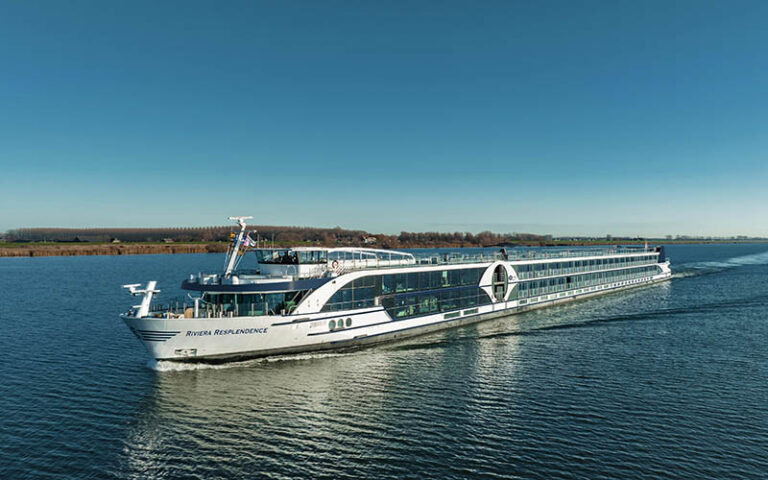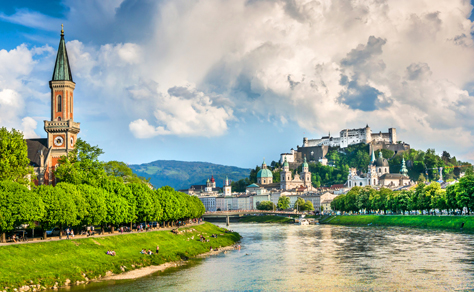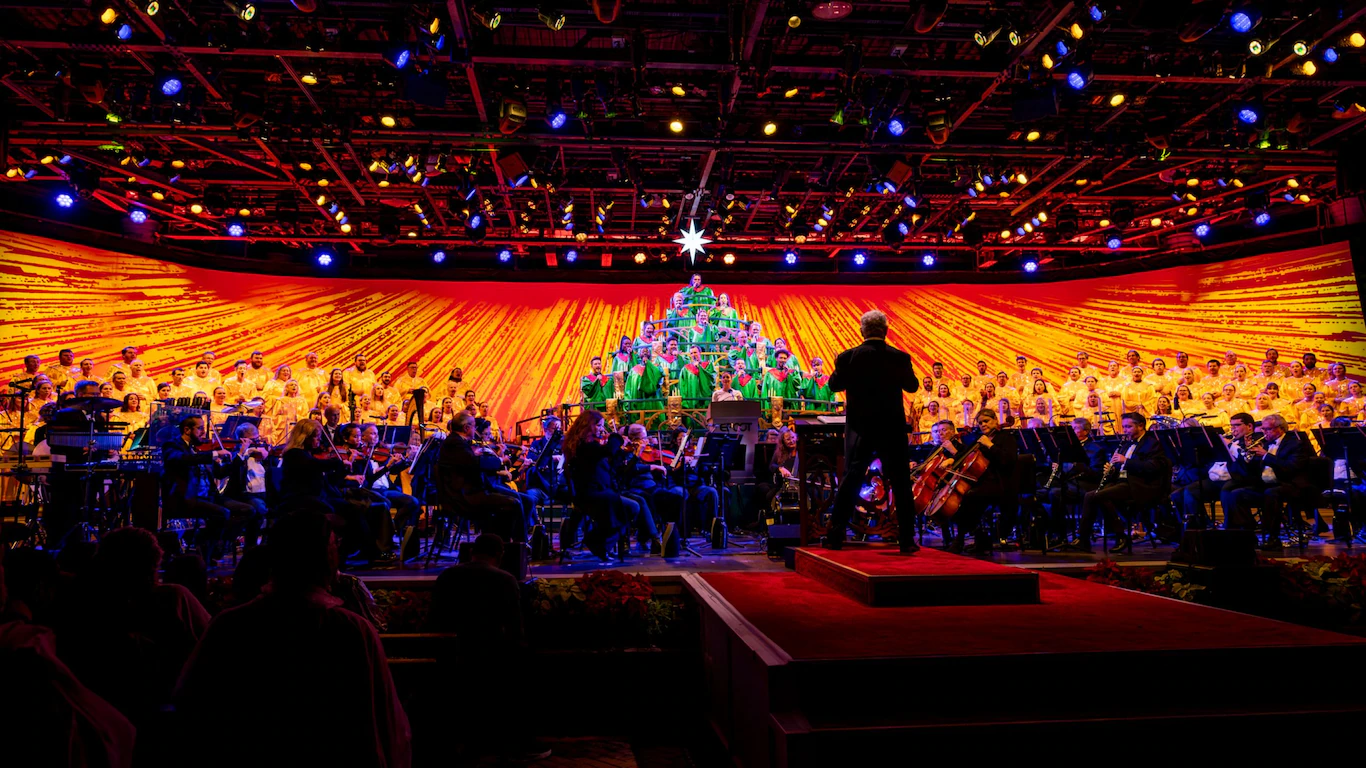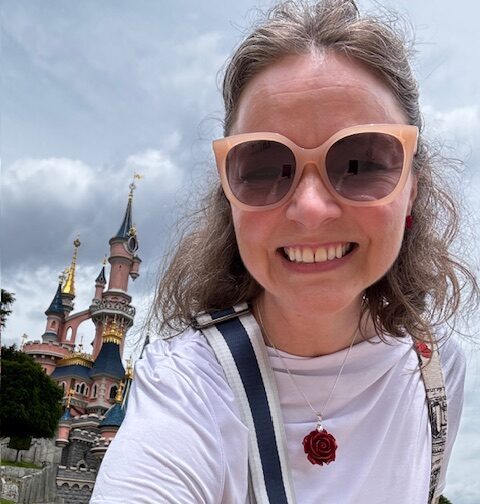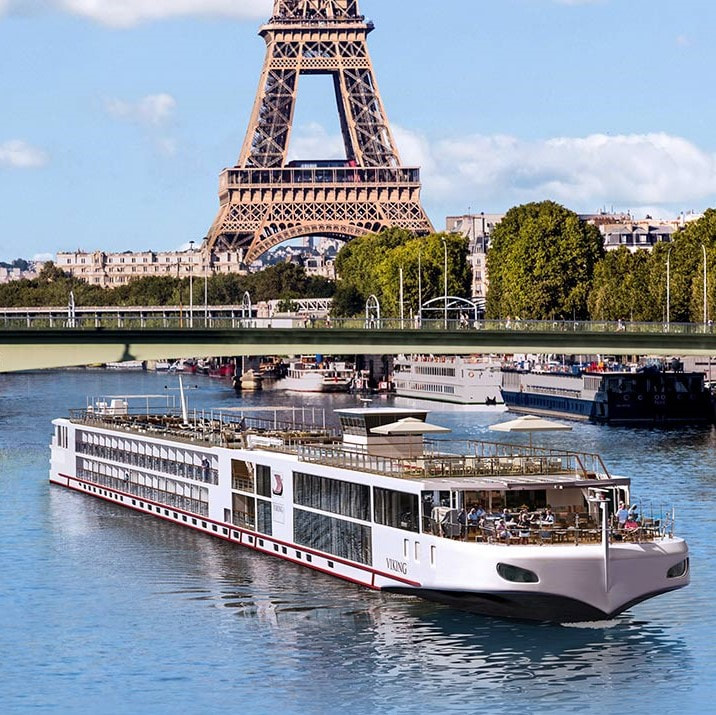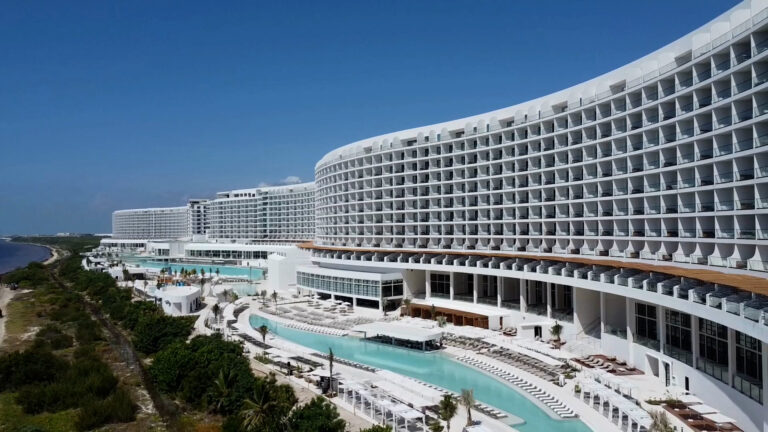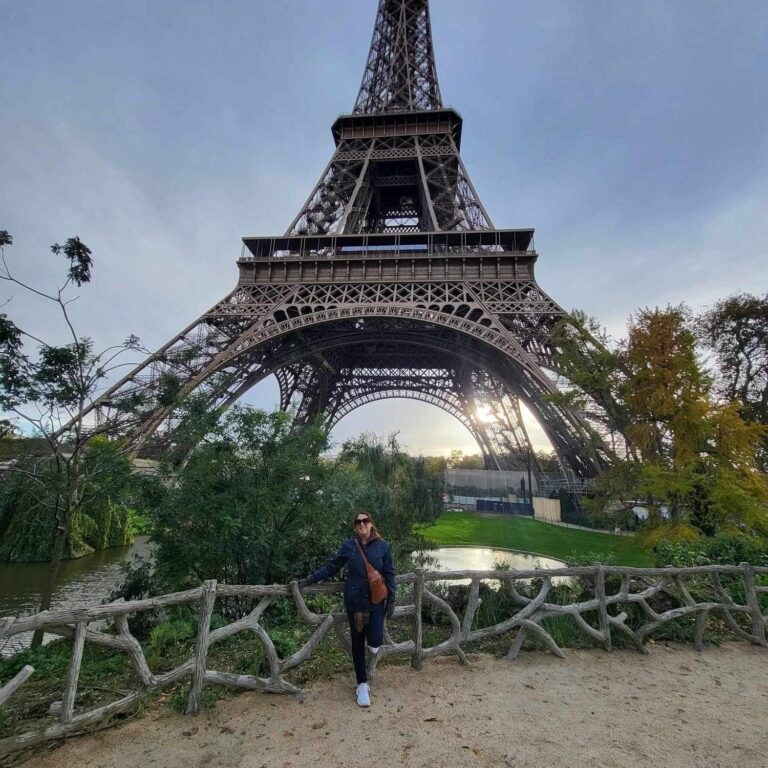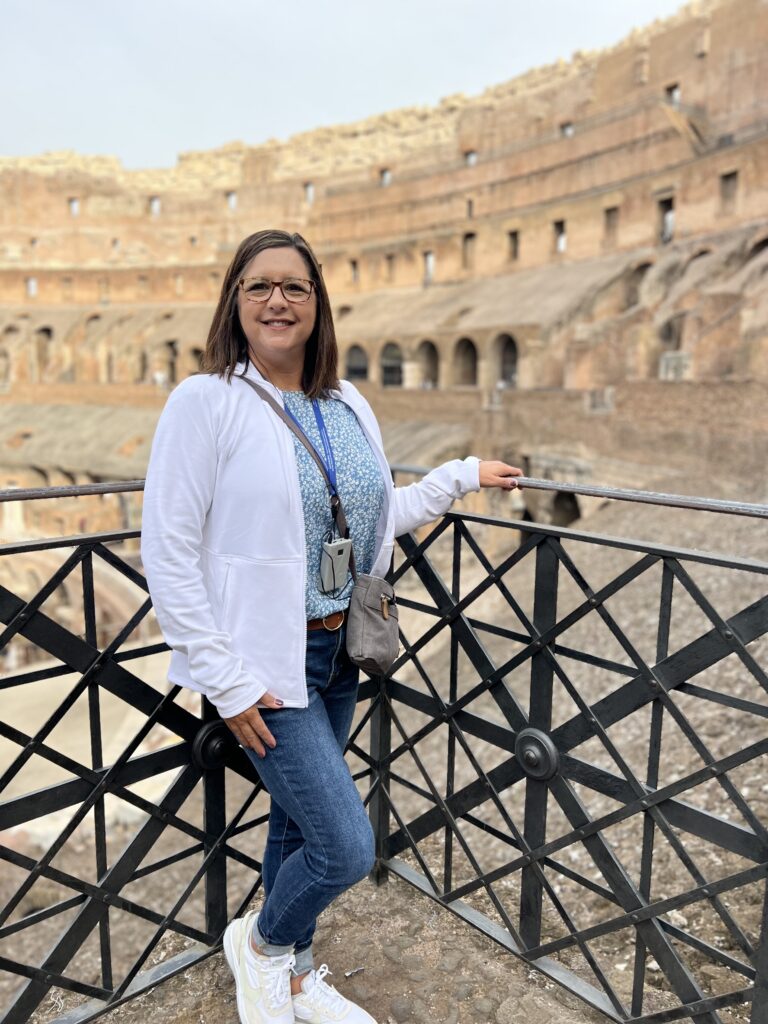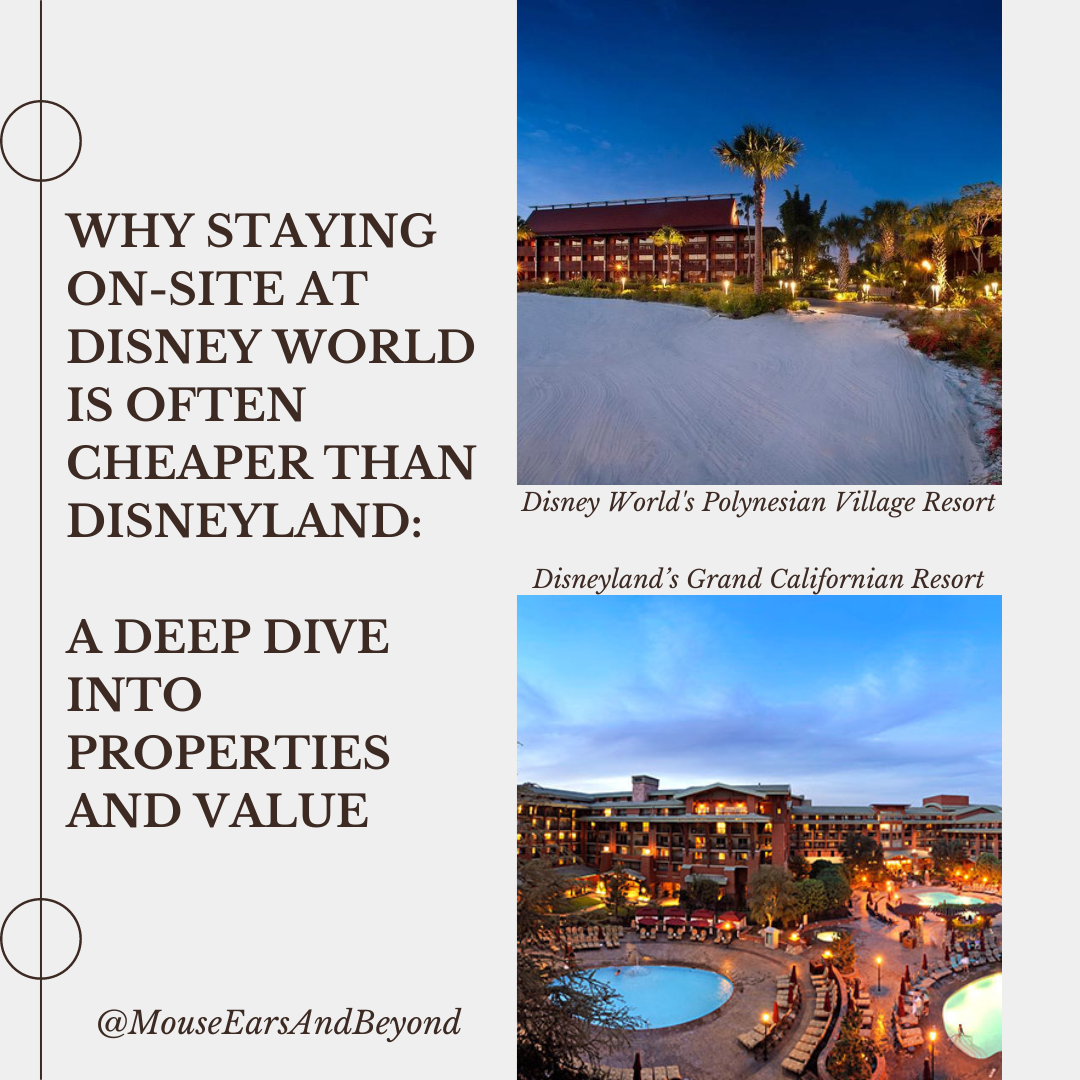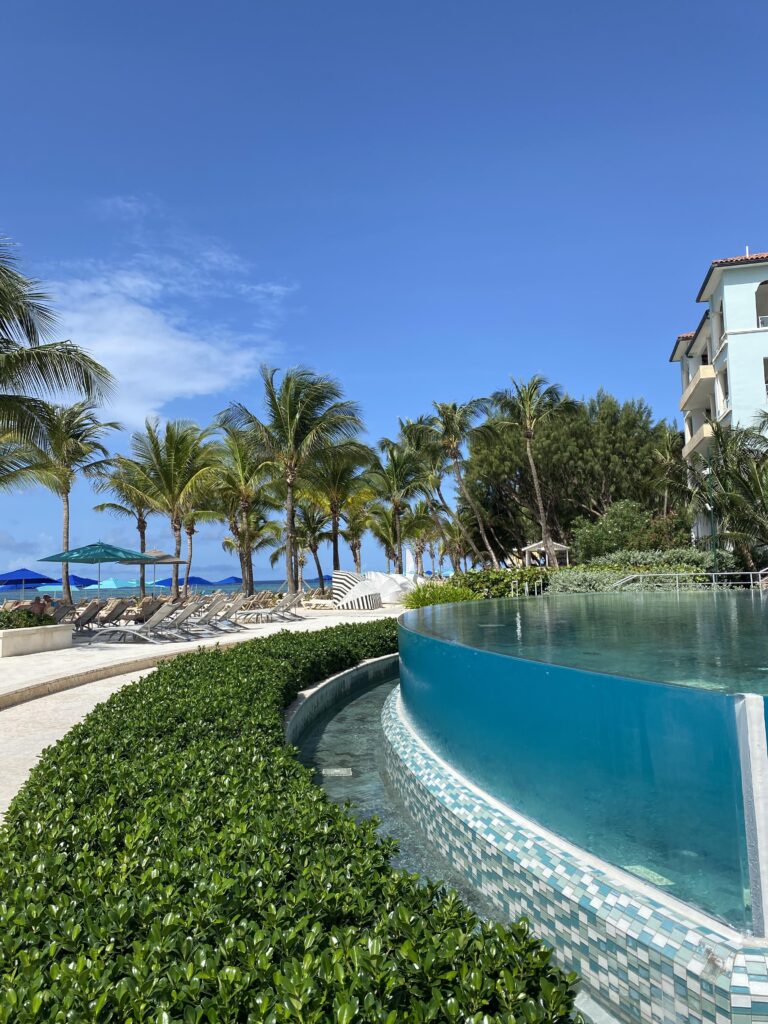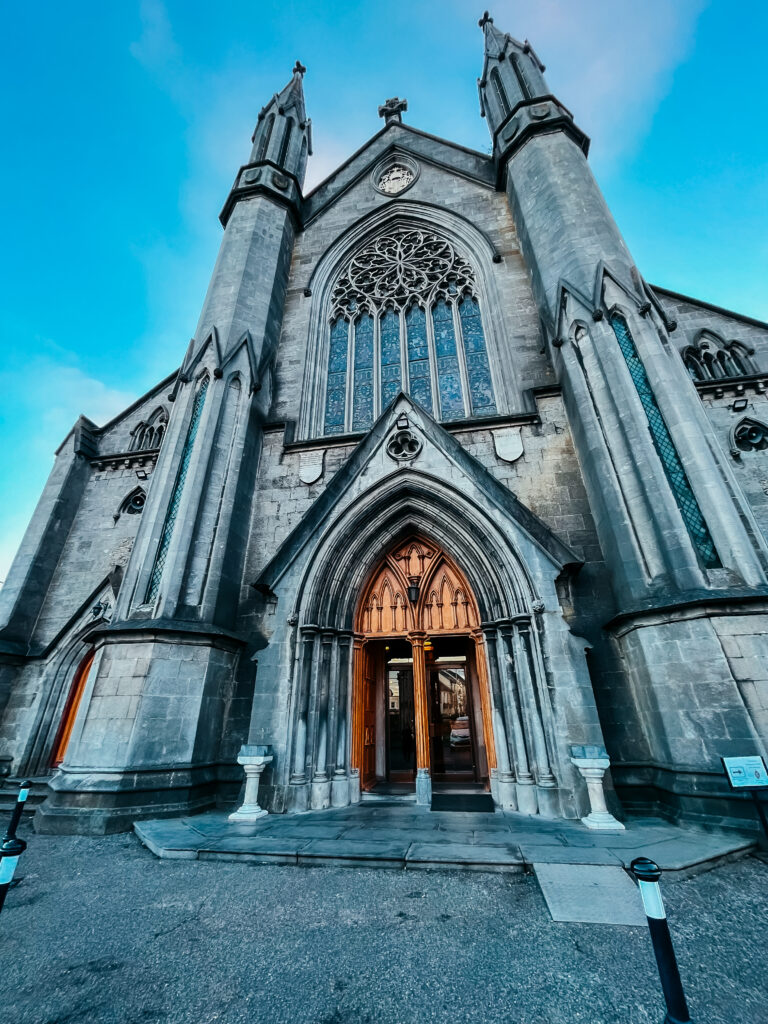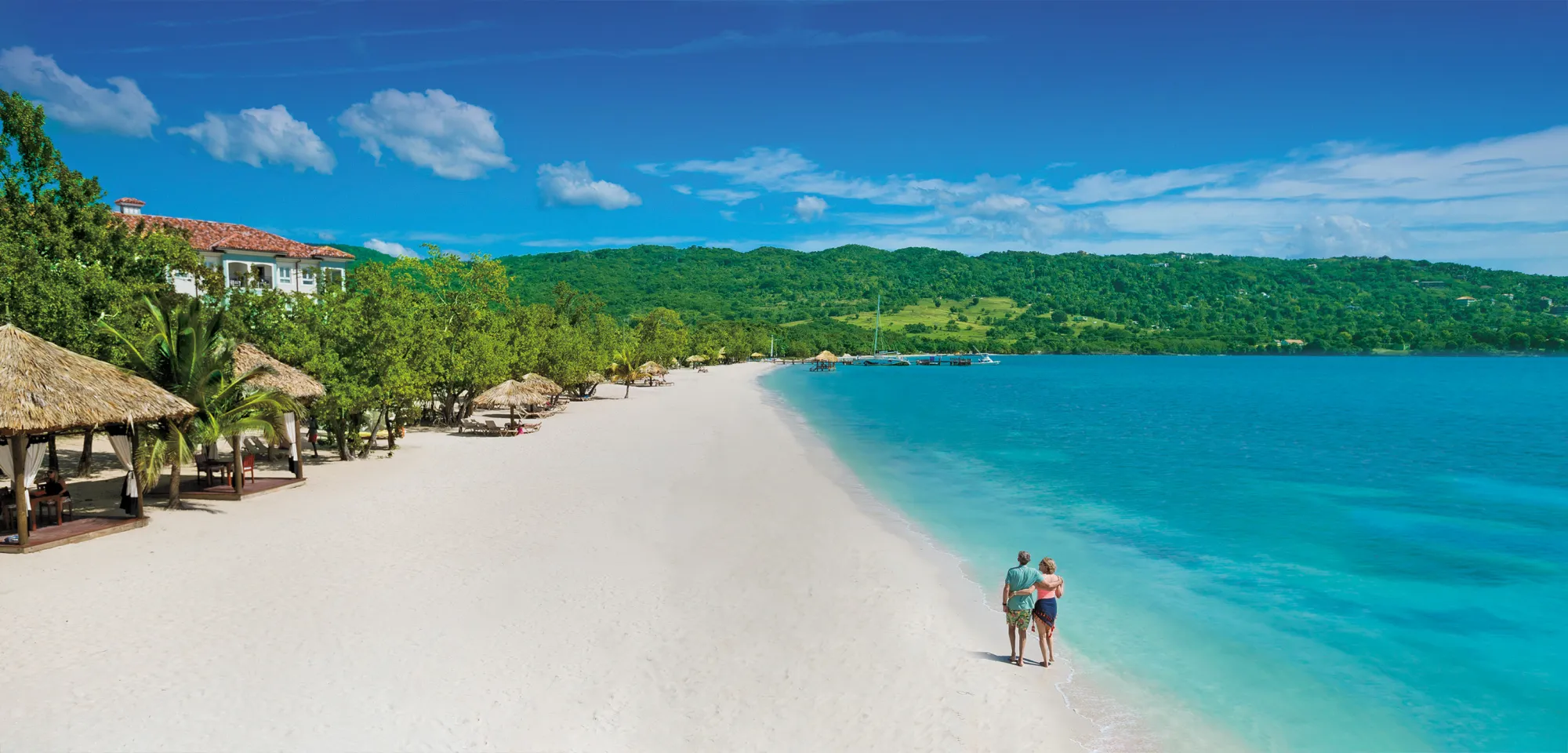We recognize that Disney vacations are not just an investment, but often the highlights of our lives, and we take that responsibility seriously. We want to ensure you have the best vacation experience.
Interested in a job in travel? Click here to learn: How to Become a Disney Travel Agent
Overview
Introduction

Paris, "The City of Light," has been written about, filmed and photographed countless times. Although it seems as if we all know Paris even before we see it, nothing compares to actually being there. Going to the top of the Eiffel Tower, walking along the Seine at dusk or sipping coffee at an elegant sidewalk cafe are quintessential Parisian experiences—and the wonder of it is that real life takes on an aura of magical make-believe, so that it seems just like being in the movies.
Whether you're in Paris for work or for fun, do as the Parisians do and enjoy yourself in this romantic city. For the art lover, the Musee d'Orsay and the Louvre offer priceless collections, while the designer shops and chic boutiques of Rue du Faubourg Saint-Honore, Boulevard Saint-Germain and Avenue Montaigne tempt the serious shopper.
And for anyone who enjoys good food, Paris' restaurants, from inexpensive neighborhood bistros to the most refined and elegant gourmet establishments, will provide delightful meals.
Must See or Do
Sights—The Eiffel Tower; the Arc de Triomphe; La Basilique du Sacre-Coeur de Montmartre; cruise on the Seine on one of the sightseeing boats.
Museums—The art treasures of the Musee du Louvre; the famous impressionist paintings at the Musee d'Orsay and the Musee de l'Orangerie; the modern art of the Centre Pompidou; the timeless sculptures at the Musee Rodin; Louis XIV's Palace of Versailles, just outside Paris.
Memorable Meals—Dinner at Restaurant Alain Ducasse at Plaza Athenee; dining at a small neighborhood restaurant such as Au Passage; exquisite French steak at Le Severo; after-dinner coffee on the terrace of Cafe de Flore; a picnic along the banks of the Seine or in front of the Eiffel Tower.
Late Night—Sip champagne and cocktails at the trendy Pershing Hall; drink like expats F. Scott Fitgerald, Gloria Swanson and Ernest Hemingway at Harry's New York Bar; experience some of the best international jazz talent at New Morning.
Walks—From the Arc de Triomphe down the Champs-Elysees, through the Jardin des Tuileries to the Louvre; from Notre-Dame through the Latin Quarter to the Pantheon and through the Jardin du Luxembourg; along the Seine from Pont de l'Alma to Musee d'Orsay on the walkable river banks, crossing Ile de la Cite or Ile Saint-Louis; a midnight stroll along the romantic streets of Montmartre; along the Canal Saint-Martin at dusk, often referred to as one of Paris' most romantic spots.
Especially for Kids—Palais de la Decouverte, a children's science museum; La Menagerie, Paris' oldest zoo; Jardin d'Acclimatation, a 25-acre/10-hectare park in the Bois de Boulogne; the Jardin des Plantes with its small zoo.
Geography
Paris is divided into 20 arrondissements, or districts, which spiral outward clockwise from the center of the city. Knowing the arrondissements will help tremendously in navigating the city. For example, in an address with a Parisian postal code such as 75008 or 75018, the first numbers indicate Paris and the last two digits tell you the arrondissement (in this case, the 8th and 18th, respectively).
Along the Right Bank (Rive Droite)—that is, along the north bank of the Seine—lie the grand boulevards (such as the Champs-Elysees, in the 8th), stately facades featuring Haussmanian or art-nouveau architecture, the Arc de Triomphe, the Opera Garnier (9th) and the Louvre (1st).
Tucked away in the midst of all this grandeur are the trendy, winding streets of the Marais District (4th), where you can see several of Paris' oldest surviving buildings. Montmartre (18th), the northernmost area of the Right Bank, resembles a little village, with steep, cobblestoned streets, oft-photographed staircases and tiny, ivy-covered houses. The area around the Bastille (11th)—where the infamous prison once stood—has become one of the trendiest pockets of Paris, with numerous cafes and clubs, as well as barge restaurants on the refurbished Bassin de la Villette (19th).
Although the Left Bank (Rive Gauche) has the reputation for being slightly funkier than the Right, it is also very chic and home to some of the most expensive real estate in Paris. The Latin Quarter (5th) is always buzzing with activity, especially with students of Sorbonne University.
The cafes of Saint-Germain-des-Pres (6th) are experiencing renewed interest among followers of such philosophers as Simone de Beauvoir and Jean-Paul Sartre, who once gathered there to debate existentialism. Montparnasse (14th), formerly the home of Picasso, Alberto Giacometti and other artists, is a bustling neighborhood adjacent to Saint-Germain-des-Pres. It's crowded with cinemas and famous brasseries.
La Defense refers to the cluster of skyscrapers on the northwestern edge of Paris that makes up the modern business district. The landmark of this quarter is La Grande Arche—a massive, futuristic arch of glass, granite and marble that serves as a modern echo of Napoleon's Arc de Triomphe.
Note: In this guide, the ordinal number in parentheses following each street address indicates the arrondissement in which an address is located. For example, (7th) refers to the 7th arrondissement. The nearest metro stop is given after the arrondissement. Also, in an address, don't be confused by the word bis after a street number. If you see 10-bis, for instance, it indicates the door or building next to No. 10.
History
Paris started out as a little village inhabited by a tribe of people known as the Parisii. The original settlement was located on an island in the Seine River that later became the Roman island-city of Lutetia; today it is Ile de la Cite, the site of Notre-Dame Cathedral.
Over the centuries, Paris expanded onto the right and left (north and south) banks of the river, and the city's defensive walls were pushed outward in ever-expanding concentric "circles" to accommodate the growing population; there are places in Paris where you can still see remnants of the first walls commissioned by Philippe Auguste in the 12th century. During the Middle Ages, Paris buzzed with the construction of Notre-Dame, and the swampland on the right bank was drained, creating the area now called the Marais, or "marsh."
The Middle Ages and Renaissance also brought to Paris some of France's most powerful kings, including Louis IX (or "St. Louis" as he was later known) and Henri IV, who was the first of the Bourbon kings to rule. Henri IV enacted the Edict of Nantes in 1598, which ended the religious wars in France between the Catholics and the Protestant minority.
In the 1660s, as France moved into the "Grand Century," Louis XIV—the Sun King—built Les Invalides in Paris as a home for aging and unwell soldiers, and the magnificent attached domed chapel called L'Eglise Saint-Louis des Invalides. He also ordered the expansion of the Palace of Versailles, which had been a relatively modest royal retreat, into a formidable palace. He moved the court from Paris to Versailles to escape rising unrest in the Paris streets.
Under Louis XVI and his queen, Marie Antoinette, French subjects rose up and started the French Revolution in 1789 (by tearing down the infamous Bastille prison), which brought the executions of thousands of people by guillotine—the king and queen among them—in 1793.
After the fervor of the revolution died down, Napoleon Bonaparte ruled France as emperor (after a coup d'etat in 1799) until his final defeat at Waterloo in 1815. Under Napoleon's rule, Paris gained some impressive monuments, including the Arc de Triomphe, and France gained the Napoleonic Code of law. In 1861, Napoleon's body was transferred from St. Helena and laid to rest in a monumental tomb under the Dome of Les Invalides.
A series of short-lived empires followed the Napoleonic era, but they were replaced by the Third French Republic in 1870 (which remained in place until Hitler's army marched into Paris in 1940). The avenues and broad boulevards that have come to symbolize the city date from 19th-century urban planner Baron Haussmann, who carved them out of the winding medieval districts. (The wider streets not only looked impressive, but they also could support rapid troop deployment in case of civil rebellion.)
The late 19th century ushered in France's richest artistic period in centuries, with the impressionist and postimpressionist movements. The belle epoque, the period of fine and peaceful years before the outbreak of the First World War, also coincided with art nouveau, an art movement that spawned the famous Guimard metro entrances. Renoir, Monet, Degas, Manet and Toulouse-Lautrec all lived or worked in the city during the late 19th century, and Gustave Eiffel oversaw the construction of what would become Paris' most-celebrated landmark, originally built as a temporary structure for the 1889 Universal Exposition.
The period of World War I cast a dark shadow over Paris and all of Europe, but the city rebounded in the 1920s and 1930s during the ebullient Jazz Age. Paris became home to such performers and writers as Josephine Baker and Ernest Hemingway, as well as many painters, including Henri Matisse and Pablo Picasso.
During World War II, Paris was occupied by the German army, and resistance fighters working with the French government in exile were pitted against sympathizers of the so-called Vichy government.
Today, as throughout its history, Paris is one of Europe's most important artistic, political, cultural, educational and commercial centers. There are plenty of monumental contemporary landmarks in the city, too: the pyramid at the Louvre, the Pompidou Center and the stunning Bibliotheque Nationale are prominent examples.
Paris is a city in constant flux, with many new faces, styles, ethnic groups and different religious persuasions, but it is also a city firmly rooted in its traditions. It is this constant pull between old and new that makes it such a vibrant and endlessly fascinating place to visit.
Potpourri
When the Eiffel Tower was unveiled at the 1889 Paris Exhibition, there were many protests about the avant-garde structure. But 2 million people still managed to climb it that year, solidifying it as a cornerstone of Paris architecture.
The Latin Quarter (the area on the Left Bank surrounding the Sorbonne University) got its name because it was the first center of higher learning in France during the Middle Ages, a time when scholars did all their studies in Latin.
The construction of Notre-Dame Cathedral took more than 170 years to complete. It contains the largest pipe organ in France. In the late 1990s, Parisian officials decided to clean the sooty facade of the church. High-powered lasers were used to burn off the outside grime. The steeple was left with the dirt on it to remind everyone of what it used to look like.
When the Pere Lachaise Cemetery opened in 1804, it didn't have any customers at first as people thought it was too far from the city center. Someone had the bright idea of transferring the bodies of Abelard and Heloise, the famous medieval lovers, and it has been a tourist attraction and busy cemetery ever since.
Paris' nickname as the City of Light has nothing to do with nature's light; it was one of the first cities to implement gas lamp street lights in the early 1800s. The nickname also refers to the artists and intellectuals who flocked there, making it a city of enlightenment.
Despite its name, Pont Neuf (the New Bridge) is the oldest surviving Seine bridge of Paris. It was built between 1578 and 1607. The most recent Seine bridge is the Pont Simone de Beauvoir, which opened in 2006.
Paris has been (and continues to be) the backdrop of many famous movies, ranging from An American in Paris (1951) and the erotic Last Tango in Paris (1972) to The Da Vinci Code (2006), Amelie (2001), Paris Je T'aime (2006) and Midnight in Paris (2011). Even Disney got into the act with 2007's popular Ratatouille.
Location
There are two ports in the Paris area. The first one, Arsenal, is situated on Canal Saint-Martin in the heart of Paris, very close to Bastille (12th arrondissement). It has 170 berths and can receive boats up to 82 ft/25 m long.
The second port, Villette, is situated northeast of Paris. It has 24 berths and can receive boats up to 50 ft/15 m.
Arsenal is the most conveniently located port, as it offers relatively easy access to restaurants, cinemas, metro stations, taxis and the opera house.














